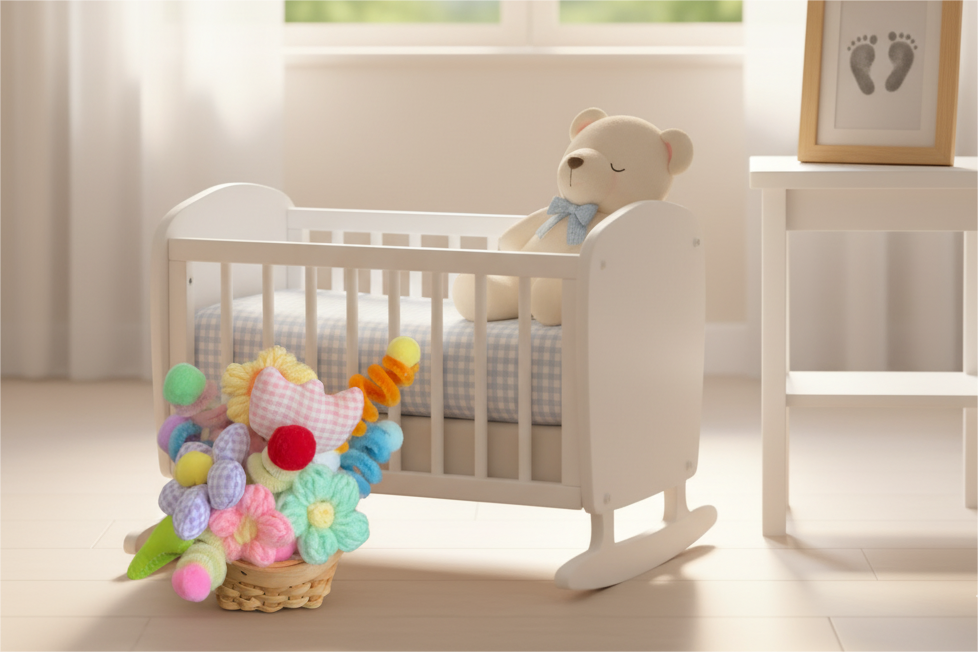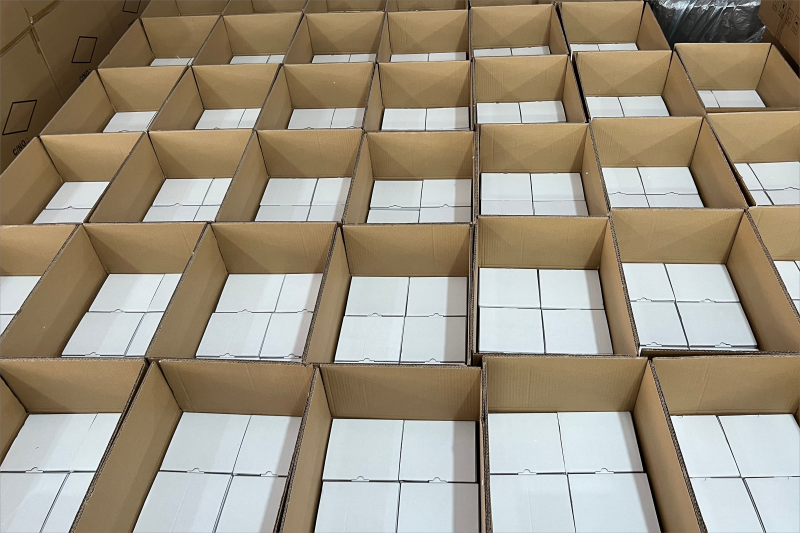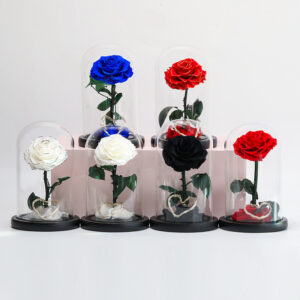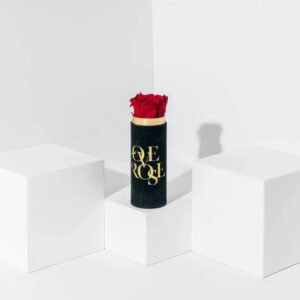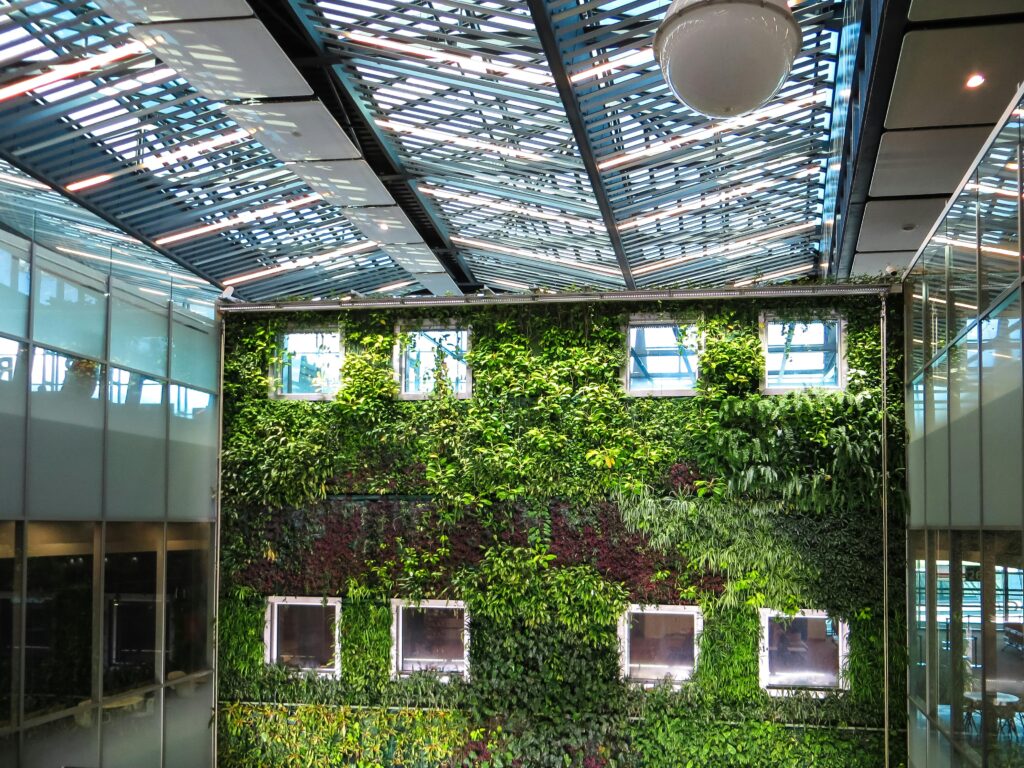
Facility managers, architects, and fit-out teams are under pressure to deliver offices that support health, focus, and credible sustainability targets without creating operational burden. Green walls answer that brief when planned correctly. Below is a concise guide to the measurable workplace benefits and how preserved moss can unlock the same look with minimal upkeep.
What counts as a green wall
A green wall is a vertical surface covered with plant material. Common formats include hydroponic living walls, modular planter systems, and preserved moss panels made from real moss that has been stabilized to hold color and texture without watering.
The full set of workplace benefits
1. Better indoor air experience
Living plants can lower carbon dioxide and help reduce certain airborne compounds. Even when air purification is handled primarily by HVAC, the perceived freshness near greenery improves occupant comfort and satisfaction.
2. Humidity balance
In sealed offices, air can be uncomfortably dry. Living walls release moisture through evapotranspiration, which can reduce eye and throat irritation. This effect is location dependent and should be sized by an engineer to avoid overhumidification.
3. Stress reduction and mental well-being
Views of greenery are associated with lower stress and calmer heart rates. Teams in biophilic spaces report greater comfort and fewer complaints about the work environment.
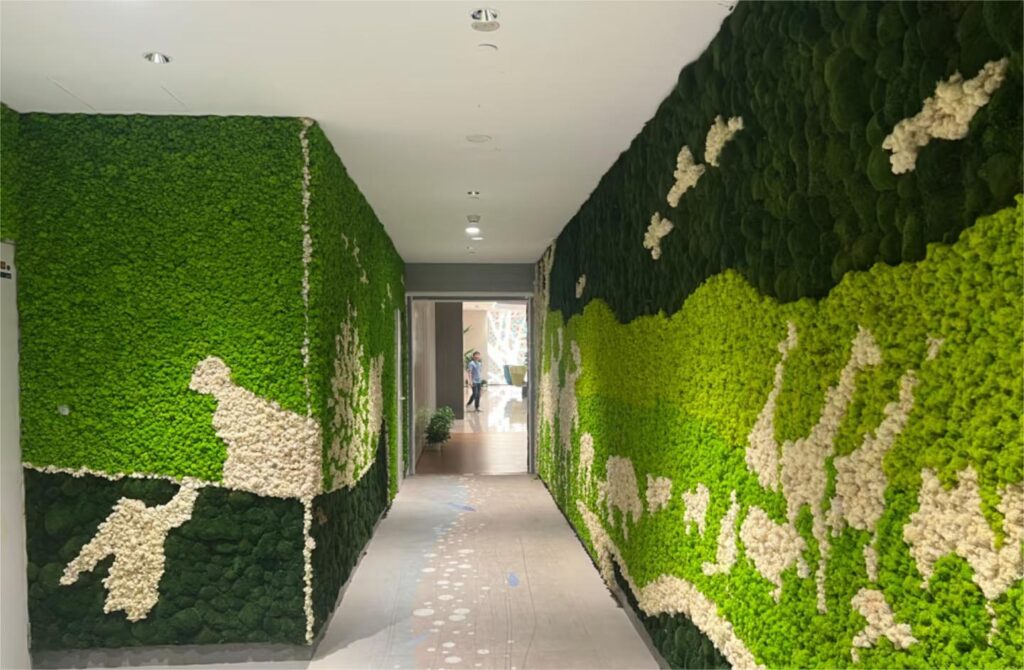
4. Focus and productivity
Reduced visual monotony and improved comfort help people concentrate longer. Meeting rooms and focus zones benefit from a vertical garden placed within peripheral view rather than directly in the line of sight.
5. Acoustic improvement
The depth and irregular surface of a planted wall diffuse and absorb sound. Use it to tame hard lobbies, corridors, and open offices. Acoustic performance depends on panel depth and substrate, so ask vendors for absorption data.
6. Energy and thermal comfort
Vegetation moderates local temperature and can slightly reduce cooling loads in sunlit areas. Indoors, the effect is modest but combined with shading and efficient lighting it supports thermal comfort strategies.
7. Health and absenteeism
Cleaner perceived air, controlled dryness, and lower stress correlate with fewer minor ailments that drive sick days. While results vary, the direction of change is typically positive in post-occupancy surveys.
8. Brand, ESG credibility, and first impressions
A well detailed green wall signals investment in people and the planet. It also strengthens tours for clients and recruits and can support rating systems such as WELL and LEED when integrated into a broader strategy.
9. Wayfinding and placemaking
A vertical garden creates a memorable anchor that helps occupants navigate large floors. It turns dead walls into destinations for informal meetings and photo-worthy brand moments.
10. Real estate value
Landlords and tenants report higher perceived quality where biophilic elements are part of the baseline fit-out. That perception can support rent premiums and faster lease up in competitive markets.
If you are scoping a project and want a quick sanity check on sizing and placement, email inquiry@sweetie-group.com for a free layout review.
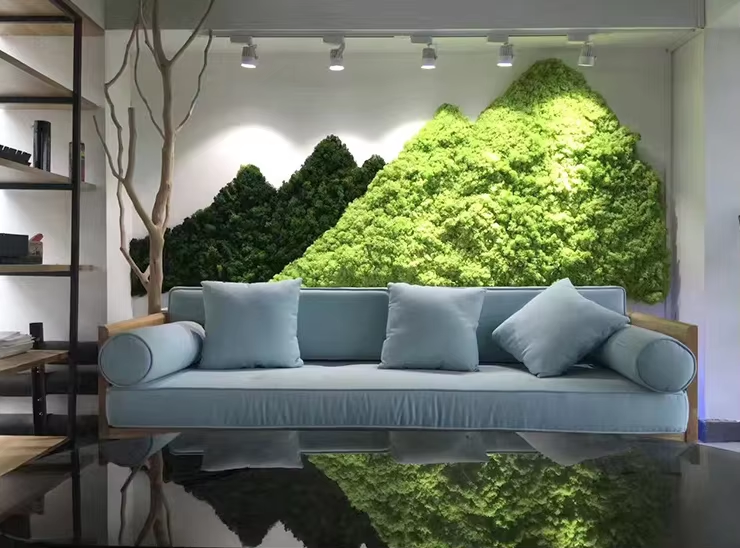
Where preserved moss fits
Living walls look and feel vibrant but require irrigation, plant care, and lighting design. Preserved moss solves the maintenance gap for interiors with limited light, limited access, or tight operating budgets. It is real botanical material that keeps its softness and color for years without water or soil. It is ideal for reception backdrops, huddle spaces, phone booths, and long corridors where service access is difficult.
Need samples or a budgetary quote for preserved moss panels and trims that match your brand colors? Write to inquiry@sweetie-group.com.
Quick comparison for design decisions
| Criteria | Living wall | Preserved moss wall | Quality potted plant program |
|---|---|---|---|
| Ongoing care | Irrigation, pruning, monitoring | No watering, light dusting as needed | Regular watering and rotation |
| Light requirement | Plant appropriate lighting often needed | None required | Window adjacency preferred |
| Air cleaning contribution | Present with suitable species and scale | Limited to none | Present but localized |
| Acoustic impact | Good diffusion and absorption with depth | Strong diffusion on speech frequencies | Mild unless grouped densely |
| Upfront cost | Medium to high | Medium | Low to medium |
| Best use cases | Feature walls, atriums, sunlit zones | Reception, corridors, studios, meeting rooms | General workstation areas |
Want help choosing the right mix for a hybrid office plan that balances cost and effect by zone? Contact inquiry@sweetie-group.com to receive a fast, line-item design recommendation.
Practical tips that prevent rework
- Start with intent
Decide the primary outcome for each location. If the goal is acoustic support, prioritize panel depth and substrate. If the goal is a signature visual, focus on composition and lighting. - Coordinate early with MEP and fire
Confirm wall load, condensate management, power, and clearance to sprinklers. Moss panels simplify coordination because they do not require water or grow lights. - Plan for access
Living walls need discreet access for irrigation checks and pruning. In small rooms or narrow corridors, use preserved moss to avoid service clearances that crowd the space. - Specify cleanable borders and protection
Include edge trims and kick plates in high traffic zones. Choose finishes that can be wiped without damaging the plant surface. - Measure outcomes
Capture baseline and post-install feedback on comfort, noise perception, and space usage. These metrics help validate investment and guide future phases.
Budget guidance
Treat green walls like any high impact fixture. Allocate for design, structural support, lighting, installation, and commissioning. For living walls, include a maintenance contract in the operating budget. For preserved moss, plan a light cleaning schedule. Both options benefit from accent lighting that reveals texture.
When to choose which
- Choose a living wall if the site has reliable access for maintenance, appropriate lighting, and a desire for dynamic growth.
- Choose preserved moss if the site lacks daylight, has limited servicing options, or requires predictable operating costs.
- Combine both across a floorplate to align performance with each zone’s needs.
Conclusion
Green walls deliver a broad package of benefits that matter to project owners and occupants alike. They raise perceived air quality, steady humidity, reduce noise, support focus, elevate brand presence, and contribute to credible ESG stories. Where maintenance and lighting are constraints, preserved moss provides the biophilic look with near zero upkeep. With clear intent, early coordination, and the right product choices, your team can deliver spaces that people remember and use every day.

Annie Zhang, CEO of Sweetie-Gifts




